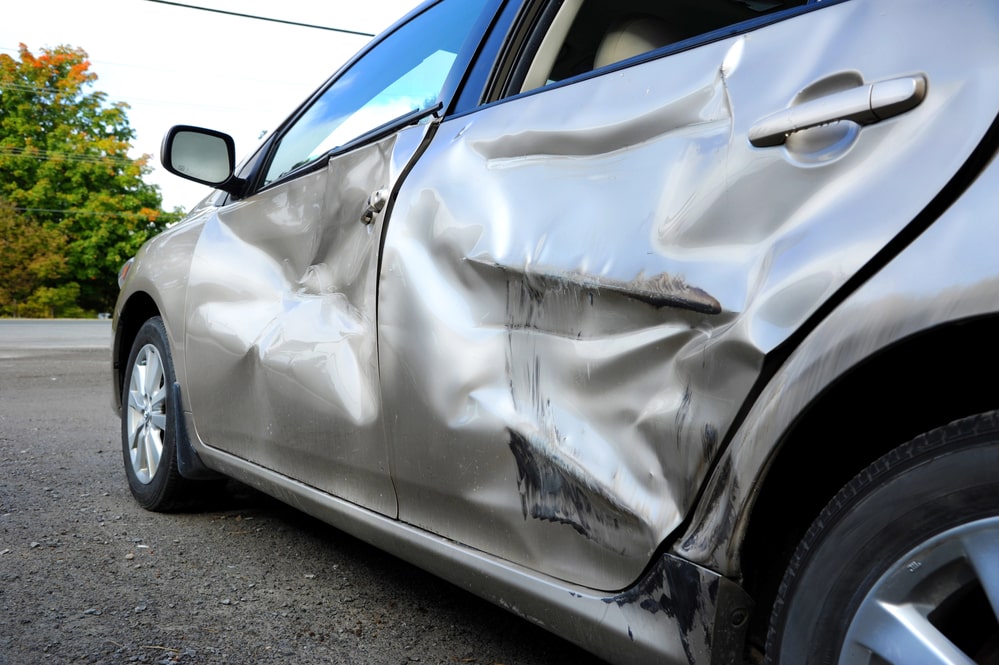Both drivers tell completely different stories about what happened. Witnesses contradict each other. The police report doesn’t clearly establish fault. When liability is disputed and thousands of dollars hang in the balance, accident reconstruction professionals use science and engineering to determine what actually occurred. These specialists turn physical evidence into objective proof about vehicle speeds, impact angles, driver actions, and who caused the collision.
Our friends at Azari Law, LLC discuss how accident reconstruction can make the difference between winning and losing disputed liability cases. A car accident lawyer can determine when reconstruction analysis is necessary and retain qualified professionals who can scientifically prove fault through forensic examination of crash evidence.
What Accident Reconstructionists Actually Do
Accident reconstruction specialists are typically engineers or former law enforcement officers with advanced training in collision analysis. They use physics, mathematics, and engineering principles to analyze crashes and determine how accidents occurred.
These professionals examine physical evidence from the scene, vehicle damage, witness statements, and available documentation to create a scientific analysis of the collision. Their work produces opinions about vehicle speeds, driver actions, sight lines, reaction times, and the sequence of events leading to impact.
Reconstructionists don’t work from hunches or assumptions. They apply established scientific principles and accepted methodologies to physical evidence, creating findings that can withstand cross-examination and peer review.
The Evidence They Examine
Skid marks, yaw marks, and tire friction marks on the roadway tell stories about vehicle speed and driver actions. The length and darkness of skid marks reveal how fast a vehicle was traveling and whether the driver braked hard before impact.
Gouge marks in the pavement show where vehicles made contact with the road surface. These marks help determine impact locations and post-collision vehicle paths. Debris fields indicate where the collision occurred and how vehicles moved after impact.
Vehicle damage patterns reveal impact speeds, angles, and forces involved. Modern vehicles are designed to deform in predictable ways, and the extent of damage correlates to collision severity. Reconstructionists measure crush depths and damage patterns to calculate impact speeds.
How They Calculate Vehicle Speeds
Speed determination is often the most disputed aspect of accidents. Drivers claiming they were going the speed limit face accusers who insist they were speeding. Reconstruction analysis provides objective answers based on physics rather than competing claims.
Skid-to-stop calculations use the length of tire marks and the coefficient of friction for the road surface to determine minimum speeds. If physics shows a vehicle needed to be traveling at least 55 mph to create the observed skid marks, claims of traveling 35 mph are disproven.
Energy dissipation analysis examines how collision forces damaged the vehicles. The amount of energy required to create observed damage correlates to impact speeds, providing another method for speed determination.
Event data recorders in modern vehicles, often called black boxes, record speed, braking, steering inputs, and other data in the seconds before crashes. This electronic evidence removes speculation from speed and driver action questions.
Sight Line And Visibility Analysis
Reconstructionists evaluate what drivers could see and when they could see it. They measure sight distances, account for obstructions, and determine when a hazard should have been visible to a reasonably attentive driver.
Time-distance calculations establish when drivers should have reacted to hazards. If a pedestrian entered a crosswalk 4 seconds before impact and was visible for that entire time, reconstruction proves the driver either wasn’t looking or failed to react appropriately.
Weather and lighting conditions factor into visibility analysis. Reconstructionists consider rain, fog, darkness, sun glare, and other environmental factors that affected what drivers could see and how quickly they could perceive and react to hazards.
Determining Point Of Impact
Where vehicles actually collided matters for establishing right-of-way violations, signal compliance, and other liability factors. Physical evidence often proves the impact location even when drivers disagree about which lane they occupied.
Debris fields, fluid spills, gouge marks, and damage transfer between vehicles all indicate where initial contact occurred. This evidence is objective and difficult to dispute when properly documented and analyzed.
Knowing the point of impact allows reconstructionists to work backward, determining where each vehicle was positioned in the seconds before collision. This analysis can prove whether a driver ran a red light, crossed the center line, or failed to yield right-of-way.
Computer Simulation And Animation
Modern reconstruction includes computer modeling that recreates accidents based on physical evidence. These simulations test various scenarios to determine which one matches the physical evidence.
Reconstruction software analyzes:
- Vehicle dynamics and handling characteristics
- Momentum transfer during collision
- Post-impact vehicle trajectories
- Occupant kinematics and injury mechanisms
- Multiple collision scenarios for comparison
Animations created from reconstruction analysis help juries understand complex collision dynamics. Seeing a scientifically accurate recreation of the accident is more powerful than hearing verbal descriptions of what occurred.
Human Factors Analysis
Reconstructionists consider driver perception, reaction time, and decision-making in their analysis. Average perception-reaction time is approximately 1.5 seconds, but various factors can extend or shorten this interval.
Distraction, impairment, age, and experience all affect how quickly drivers perceive hazards and react. Reconstruction analysis accounts for these human factors when evaluating whether drivers could have avoided collisions.
The analysis might reveal that even perfect reaction time couldn’t have prevented the accident given the circumstances, proving the other driver’s violation created an unavoidable situation.
Challenging Inaccurate Police Reports
Police officers responding to accidents rarely have reconstruction training. Their reports reflect initial impressions based on driver statements and visible evidence, but don’t include detailed technical analysis.
Reconstruction analysis often contradicts police report conclusions about fault. Officers might attribute fault based on driver admissions or witness statements without recognizing that physical evidence tells a different story.
Courts recognize that police reports, while admissible, aren’t conclusive about fault. Scientific reconstruction analysis carries substantial weight in overcoming inaccurate initial fault determinations.
When Reconstruction Makes The Difference
Disputed liability cases where drivers tell conflicting stories benefit most from reconstruction analysis. When your word against the other driver’s word determines the outcome, objective scientific evidence shifts the balance.
High-value cases justify the cost of reconstruction analysis. If you’ve suffered serious injuries with substantial damages, the investment in proving fault through reconstruction makes financial sense.
Cases involving multiple vehicles, complex intersection collisions, or unusual circumstances often require reconstruction to untangle what actually happened and establish each party’s role in causing the accident.
The Cost-Benefit Analysis
Accident reconstruction isn’t cheap. Comprehensive analysis typically costs several thousand dollars, though simple cases might cost less and complex reconstructions can exceed ten thousand dollars.
This investment makes sense when the difference between proving fault and not proving it is tens or hundreds of thousands of dollars in compensation. Spending $5,000 on reconstruction to prove a $200,000 claim represents sound strategy.
For smaller claims with clear liability, reconstruction might not be cost-effective. Your attorney evaluates whether the potential benefit justifies the expense based on your specific case circumstances.
Defending Against Defense Reconstructionists
Insurance companies hire their own reconstruction professionals who often reach conclusions favorable to their clients. Your attorney needs reconstruction analysis to counter defense testimony and provide alternative interpretations of physical evidence.
Competing reconstruction opinions get resolved through cross-examination and evaluation of methodologies. The reconstructionist whose analysis more thoroughly explains all the physical evidence typically prevails.
Building A Strong Liability Case
When fault is disputed and insurance companies deny responsibility, accident reconstruction provides scientific proof that overcomes conflicting statements and unreliable witness accounts. Physical evidence analyzed through proper methodology reveals what actually happened regardless of what drivers claim.
If you’re facing disputed liability in your accident case and need help proving who was actually at fault, reach out to discuss whether accident reconstruction analysis would strengthen your claim and provide the objective evidence necessary to prove the other party’s responsibility for your injuries.

